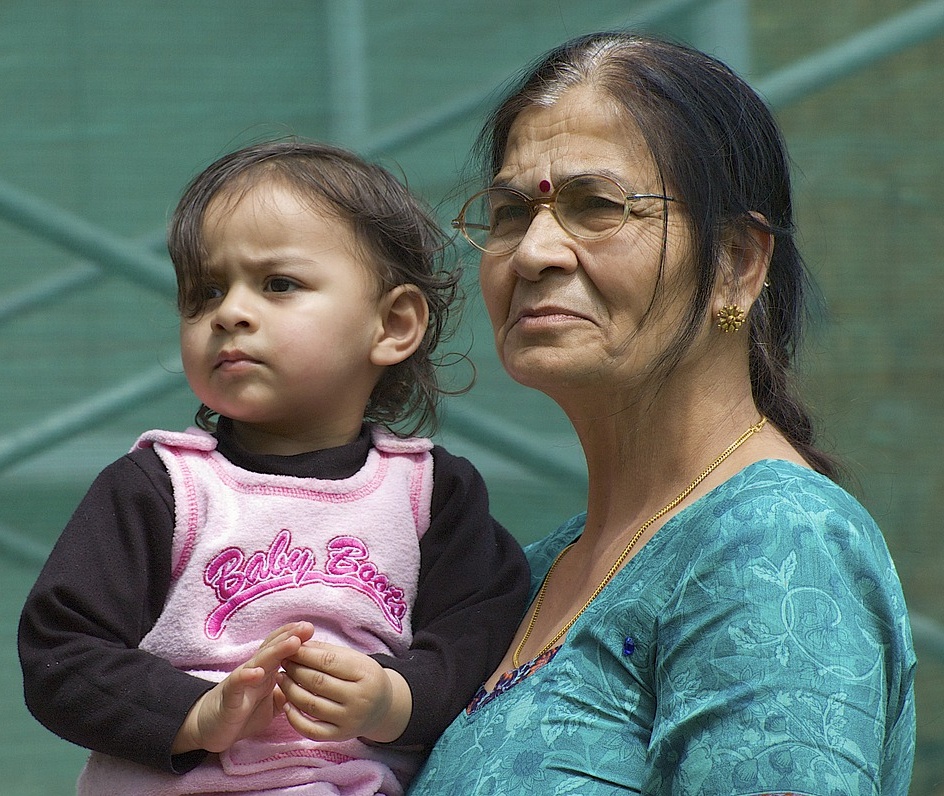Today we released a new paper by Dr. William O’Hare, which provides state by state data on the share of young children that, because they are living with grandparent householders, are at higher risk of being missed in the Census. The paper also provides state by state data on how many young children are at even higher risk because they are not related to the householder. There are substantial differences among states in the share of young children who are living with a grandparent as householder.
O’Hare’s paper shows that non-Hispanic white young children and Asian young children are the most likely to be in a household where their parent is likely to fill out the census questionnaire. The number of young children of other races and ethnicities living in a household where someone other than a parent is likely to fill out the form are all above 20 percent, about twice the number of white non-Hispanic or Asian children. The paper also includes data showing that there is wide variation among Asian subgroups. Asian Indians and Koreans each had only 6 percent of young children living in a household where they are not the child of the householder. On the other hand, 24 percent of young Filipino children were not living in a household where they were the child of the householder.
As his review of the literature shows, “the odds of being missed in the Census was 39 percent higher for grandchildren compared to biological children, and other relatives (not biological or grandchild) were 53 percent more likely to be missed. Other nonrelative young children were three times as likely to be missed and foster children were five times as likely to be missed. (Nonrelative young children may be related to other members of the household, just not the householder.)”
The differences in state populations by race and ethnicity may help explain the differences in the number of young children missed across states.
Census advocates who are working to get a complete count of young children may want to customize outreach messages, messengers, and strategies for disseminating information based on their state’s proportions of young children living with grandparents, other relatives, and non-relatives. For example, states with particularly high shares of children living with grandparents may want to conduct a larger portion of their outreach activities through organizations that support grandfamilies and senior citizens, using materials that talk about and have pictures of grandfamilies. States with particularly high proportions of children not related to the householder may want to dedicate a larger portion of their resources to reaching doubled up or couch surfing families through school staff that work with homeless families, food pantries, soup kitchens, and programs that serve the homeless or doubled up families.








